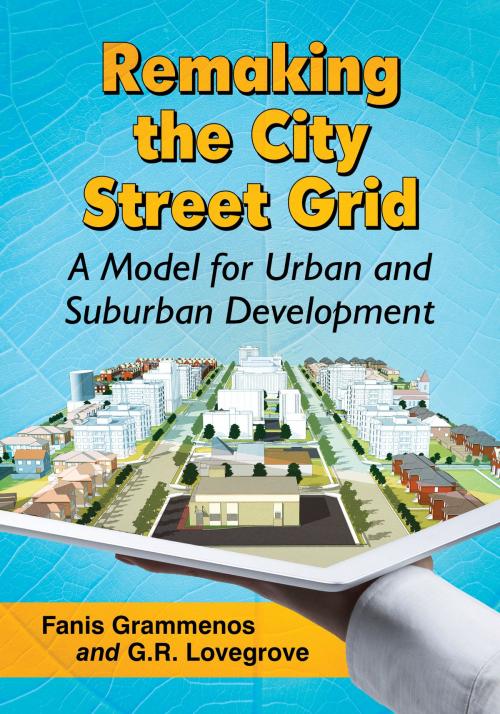Remaking the City Street Grid
A Model for Urban and Suburban Development
Nonfiction, Art & Architecture, General Art, Social & Cultural Studies, Political Science, Government| Author: | Fanis Grammenos, G.R. Lovegrove | ISBN: | 9781476617688 |
| Publisher: | McFarland & Company, Inc., Publishers | Publication: | March 7, 2015 |
| Imprint: | Language: | English |
| Author: | Fanis Grammenos, G.R. Lovegrove |
| ISBN: | 9781476617688 |
| Publisher: | McFarland & Company, Inc., Publishers |
| Publication: | March 7, 2015 |
| Imprint: | |
| Language: | English |
Of all the elements of a neighborhood, the pattern of streets and their infrastructure is the most enduring. Given the 20th century’s additions to the range of transportation means—trains, subways, buses, trucks, bicycles, motorbikes and cars—all vying for space and effectiveness, a fresh look at the streets is warranted. This book contributes a new system of neighborhood design with a focus on contemporary planning priorities. Drawing lessons from historic and current development, it proposes a new pattern more fitting for modern culture, addressing such issues as walkability, mobility, health, safety, security, cost and greenhouse gas emissions. Case studies of national and international neighborhoods and districts based on the new network model demonstrate its application in real-world situations. Instructors considering this book for use in a course may request an examination copy here.
Of all the elements of a neighborhood, the pattern of streets and their infrastructure is the most enduring. Given the 20th century’s additions to the range of transportation means—trains, subways, buses, trucks, bicycles, motorbikes and cars—all vying for space and effectiveness, a fresh look at the streets is warranted. This book contributes a new system of neighborhood design with a focus on contemporary planning priorities. Drawing lessons from historic and current development, it proposes a new pattern more fitting for modern culture, addressing such issues as walkability, mobility, health, safety, security, cost and greenhouse gas emissions. Case studies of national and international neighborhoods and districts based on the new network model demonstrate its application in real-world situations. Instructors considering this book for use in a course may request an examination copy here.















